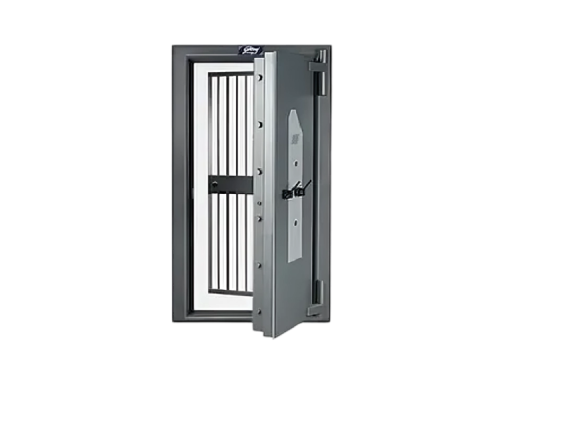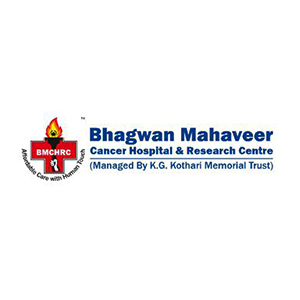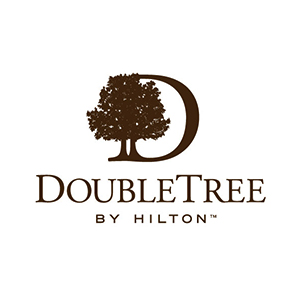Safe & Lockers
Great Design For All

1. Combination Dial:The most common method of unlocking a mechanical safe involves a dial that must be turned to specific numbers in a particular sequence to align internal components and release the lock.
2. Key Lock:Some safes also incorporate key locks, requiring a physical key to open.
3. Lever Mechanism: Inside the safe, the dial or key controls levers, pins, or discs that must align correctly to disengage the locking bolts.
1. Electronic Keypad:The most common access method for a digital safe involves entering a code on an electronic keypad.
2. Biometric Access:Some digital safes are equipped with biometric scanners (such as fingerprint recognition) to allow access.
3. Battery-Powered Operation: A low-battery indicator alerts the user when the batteries need to be replaced. Some models also have an external battery connector for emergency power.


1. Vault Protection:Bank lockers are usually housed within a bank vault, a highly secure area designed to resist theft, fire, and natural disasters.
2. Dual Key System:Typically, a bank locker operates with a dual-lock mechanism, requiring both the bank's key and the customer's key to open the locker. This ensures that neither the bank nor the customer can access the locker alone.
3. Security Measures: Banks often have advanced security measures such as surveillance cameras, alarms, and strict protocols to prevent unauthorized access.
1. Heavy-Gauge Steel:Strong room doors are typically constructed from thick steel plates, reinforced to resist cutting, drilling, or other forms of attack.
2. Multi-Layer Design:Many strong room doors feature multiple layers of materials, including steel, concrete, and composite armor, to enhance security and durability.
3. Explosion Resistance: To protect against blasts, the door and surrounding frame are reinforced to absorb and deflect the energy from explosions.


1. Size:Cash boxes come in various sizes but are generally small and portable, making them easy to carry and store in a secure place.
2. Additional Dividers: Some cash boxes come with customizable dividers or compartments to help sort cash, checks, receipts, and other items.
3. Scratch and Fire Resistance: While most basic cash boxes are not fireproof, some models are designed to be scratch-resistant or even fire-resistant to protect the contents in extreme conditions.
1. High-Density Locking Bolts: These safes typically have several large, solid steel bolts that lock into the frame, making it extremely difficult to force open.
2. Anti-Drill Plates: Drill-resistant steel plates are often placed in critical areas, such as near the lock and bolt mechanism, to prevent criminals from drilling into the safe.
3. Large Internal Space: Big strong safes and lockers are designed to accommodate large volumes of valuables, including large sums of cash, important files, electronics, and even bulky items like gold bars or rare collectibles.






























































